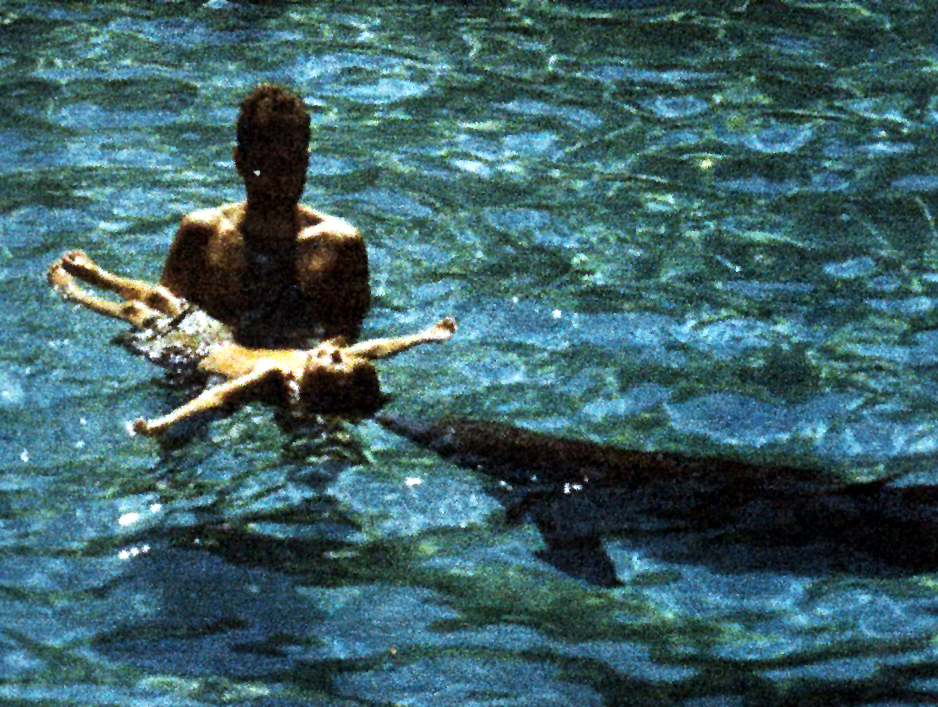Speaking of our relation to the planet’s other creatures: We have a tendency, even the best of us, to judge our fellow species by how much they’re like us, how much we can make them seem like us. That’s because it flatters us, makes us think we’re the form to be imitated. The opening of a 1961 Life essay about interspecies communication by Dr. John C. Lilly, who would later also be known for his experimentation with LSD and isolation tanks:
“It is my firm conviction that within the next decade or two human beings will establish vocal communication with another species. That species might possibly be from another wold; it could also be from this one. Wherever it comes from, it will be highly intelligent, perhaps even intellectual.
For several years my colleagues and I have been particularly interested in trying to find out whether or not there is a way to conduct such interspecies dialogues with dolphins. Of all the animals on earth, excepting man, only whales (in whose family dolphins are a member) and elephants have brains big enough to offer any possibility of high-level mental activity. And dolphins, even when they are newly captured, show a unique and positive consideration for humans which makes them most desirable subjects for complex experiments. My research with dolphins has left me with the belief that they do, in effect, talk with one another through the use of sounds, that they may have intelligence of a high order and that they might possibly be taught to understand and react to sounds made by man. It would help, of course, to understand what the dolphins are saying to each other. Some of the sounds can be picked up directly by the human ear when the dolphin rises for air. These sounds vary from loud clicks to creakings, whistles, squawks, quacks and blats. But not all dolphin sounds are immediately audible. Many of them are emitted at such a high frequency that we cannot hear them without special acoustical equipment, and it may very well be that the most meaningful patterns of their ‘speech’ occur at these levels.
By wiring the dolphins’ tanks and taking down their sounds on tape recordings, I have been able to take part in some fascinating eavesdropping. Creaking noises occur most often underwater at nighttime or when the water is murky. Two dolphins in a tank together frequently make buzzing and whistling sounds back and forth at each other. The conversation between a male and female dolphin in physical contact is often very elaborate, an exchange of barks and squawks.
If two dolphins are separated in nearby tanks, a dialogue takes place that is eerily like two children whispering back and forth between their rooms. First one will whistle. Then the other will whistle back. Once contact is made the conversation settles down to a regular exchange. The exchange can be made up of slow and steady clicks, or of whistles or of both together.
Even more interesting is the fact that dolphins seem to try to imitate human sounds they hear and sometimes produce primitive and peculiar copies.”
Tags: John C. Lilly

